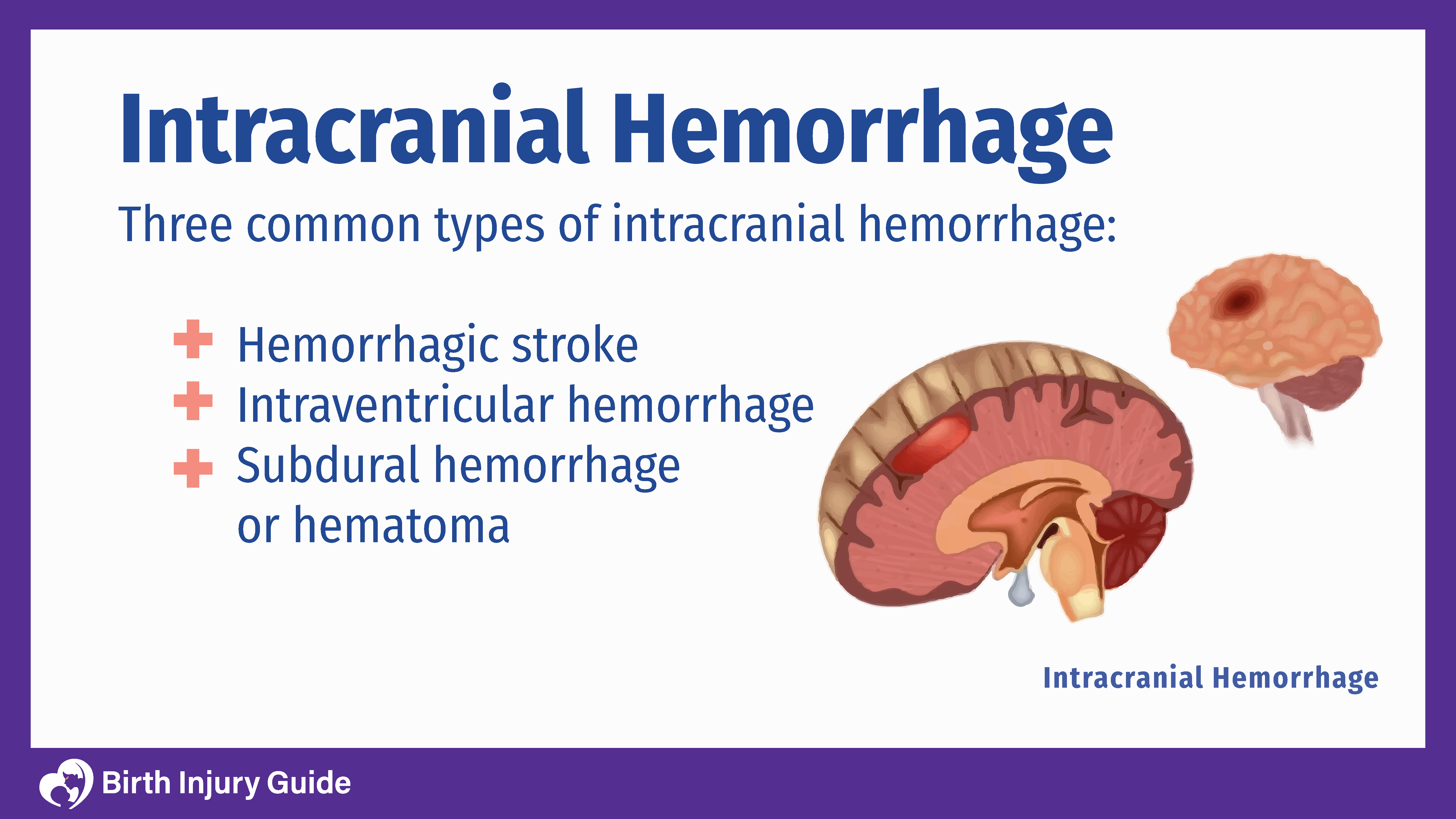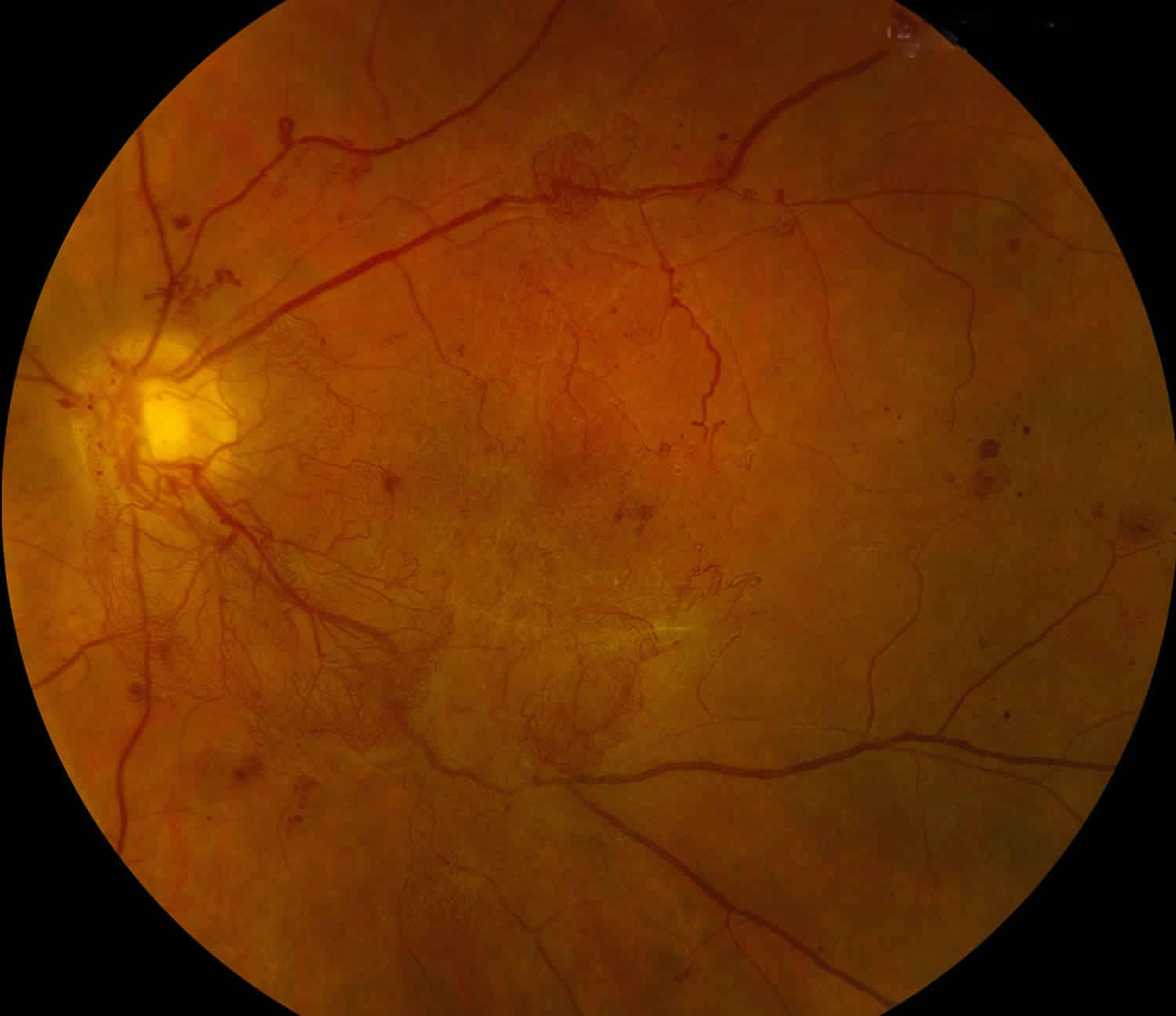Lula's Cerebral Hemorrhage: Diagnosis, Treatment, And Recovery
How important is to know about "Lula's Cerebral Hemorrhage: Diagnosis, Treatment, And Recovery"?

Intraparenchymal Hemorrhage Vs Subarachnoid Hemorrhage - Source animalia-life.club
Lula's Cerebral Hemorrhage: Diagnosis, Treatment, And Recovery We put together this guide to help target audience make the right decision.
Key differences or Key takeways
Transition to main article topics
FAQ
This article aims to provide comprehensive information on Lula's Cerebral Hemorrhage, covering diagnosis, treatment, and recovery. To enhance your understanding, we have compiled a list of frequently asked questions and their respective answers.
Question 1: What are the primary symptoms of a cerebral hemorrhage?
Answer: Common symptoms include sudden onset of severe headache, nausea, vomiting, seizures, changes in consciousness, vision problems, and weakness or numbness on one side of the body.
Question 2: How is a cerebral hemorrhage diagnosed?
Answer: Diagnosis involves a physical exam, neurological assessment, and imaging tests like CT or MRI scans to visualize the bleeding and determine its location and extent.
Question 3: What are the immediate treatment options for a cerebral hemorrhage?
Answer: Prompt medical attention is crucial. Treatment may include stabilizing vital signs, managing intracranial pressure, and controlling seizures. Surgical intervention may be necessary to remove the blood clot or repair damaged blood vessels.
Question 4: What are the potential long-term effects of a cerebral hemorrhage?
Answer: Possible long-term effects depend on the severity and location of the hemorrhage. They can range from cognitive impairments, speech difficulties, physical disabilities, and emotional changes.
Question 5: How can recovery from a cerebral hemorrhage be optimized?
Answer: Rehabilitation plays a vital role in recovery. It involves physical therapy, occupational therapy, speech therapy, and psychological support to maximize functional outcomes and improve quality of life.
Question 6: What support resources are available for those affected by cerebral hemorrhage?
Answer: Support groups, online communities, and healthcare professionals can provide emotional support, guidance, and practical advice to individuals and their families.
For more information, please refer to the article Lula's Cerebral Hemorrhage: Diagnosis, Treatment, And Recovery.
Tips for Managing Lula's Cerebral Hemorrhage
A cerebral hemorrhage, like Lula's, requires a multifaceted approach to diagnosis, treatment, and recovery. Here are several crucial tips to consider:
Tip 1: Seek Immediate Medical Attention
Time is crucial in managing a cerebral hemorrhage. Rapid assessment and intervention can minimize damage and improve outcomes. Seek immediate medical attention at the first sign of symptoms, such as sudden onset of headache, nausea, or weakness.
Tip 2: Follow Prescribed Treatment Plan
Adhering to the treatment plan prescribed by healthcare professionals is essential for successful recovery. This may include medications, surgery, or rehabilitation therapy. Regular follow-up appointments and compliance with medication regimens are crucial for achieving optimal outcomes.
Tip 3: Manage Blood Pressure
High blood pressure is a significant risk factor for cerebral hemorrhage. Monitoring and controlling blood pressure levels is crucial to prevent further complications and improve overall recovery.
Tip 4: Promote Rest and Recovery
Adequate rest is vital for the brain's recovery process. Ensure ample sleep and avoid strenuous activities or excessive physical exertion during the early stages of recovery.
Tip 5: Engage in Cognitive Rehabilitation
Cognitive rehabilitation therapy can help improve cognitive function and regain skills affected by the cerebral hemorrhage. Engage in activities that stimulate memory, attention, and problem-solving to enhance recovery.
Tip 6: Seek Emotional Support
A cerebral hemorrhage can have a significant emotional impact on Lula and her loved ones. Seek support from family, friends, or support groups to cope with the challenges and emotions associated with recovery.
Summary
Managing a cerebral hemorrhage requires a comprehensive approach that involves timely medical intervention, adherence to treatment plans, and comprehensive care. By following these tips, Lula can optimize her recovery journey and improve her long-term outcomes.
Lula's Cerebral Hemorrhage: Diagnosis, Treatment, And Recovery
Understanding Lula's cerebral hemorrhage requires examining crucial aspects related to its diagnosis, treatment, and recovery process. Each aspect represents a distinct dimension, collectively contributing to a comprehensive perspective on the condition and its implications.
- Diagnosis: Early recognition and accurate assessment are paramount.
- Etiology: Identifying the underlying cause is essential for targeted treatment.
- Treatment: Timely intervention involves stabilizing the patient and addressing neurological deficits.
- Rehabilitation: Comprehensive therapy aims to restore function and maximize cognitive abilities.
- Prognosis: Patient outcomes can vary, influenced by factors such as hemorrhage location and severity.
- Long-Term Effects: Post-hemorrhage complications and the need for ongoing support must be considered.

Pneumonia ( Classification,Types and causes,Diagnosis,Treatment - Source www.slideshare.net
These aspects underscore the multidisciplinary approach to managing cerebral hemorrhage. From prompt diagnosis and effective treatment to rehabilitation and long-term care, each stage requires specialized expertise and patient-centered strategies. Early detection, tailored interventions, and proactive rehabilitation can optimize recovery outcomes, while ongoing support systems help patients navigate the challenges associated with this condition.
Lula's Cerebral Hemorrhage: Diagnosis, Treatment, And Recovery
Lula's cerebral hemorrhage, or intracerebral hemorrhage, was a serious medical event that required prompt diagnosis and specialized treatment. The hemorrhage resulted from a rupture in a blood vessel within the brain, leading to bleeding in the surrounding brain tissue. Timely diagnosis through imaging tests such as CT scans or MRIs was crucial to determine the location and severity of the hemorrhage.

Vitreous hemorrhage causes, symptoms, diagnosis, treatment & prognosis - Source healthjade.net
The treatment for Lula's cerebral hemorrhage involved stabilizing her vital signs, managing increased intracranial pressure to prevent further brain damage, and addressing the underlying cause of the hemorrhage. Medications to control blood pressure, prevent seizures, and reduce inflammation were administered. In some cases, surgical intervention may be necessary to remove the clot or repair the damaged blood vessel.
Recovery from a cerebral hemorrhage can be a lengthy and challenging process that requires comprehensive rehabilitation. Physical therapy, occupational therapy, and speech therapy may be necessary to regain motor function, cognitive abilities, and communication skills. Emotional support and psychological counseling can also play a crucial role in the recovery journey.
Conclusion
The diagnosis, treatment, and recovery from Lula's cerebral hemorrhage underscore the importance of prompt medical intervention and specialized care. Understanding the causes, symptoms, and potential complications of a cerebral hemorrhage is essential for early detection and effective management. Ongoing research and advancements in treatment options continue to improve outcomes for individuals affected by this condition.
By raising awareness about cerebral hemorrhages, we can empower individuals to seek timely medical attention, support survivors during their recovery, and promote public health initiatives to prevent or mitigate the impact of this devastating condition.